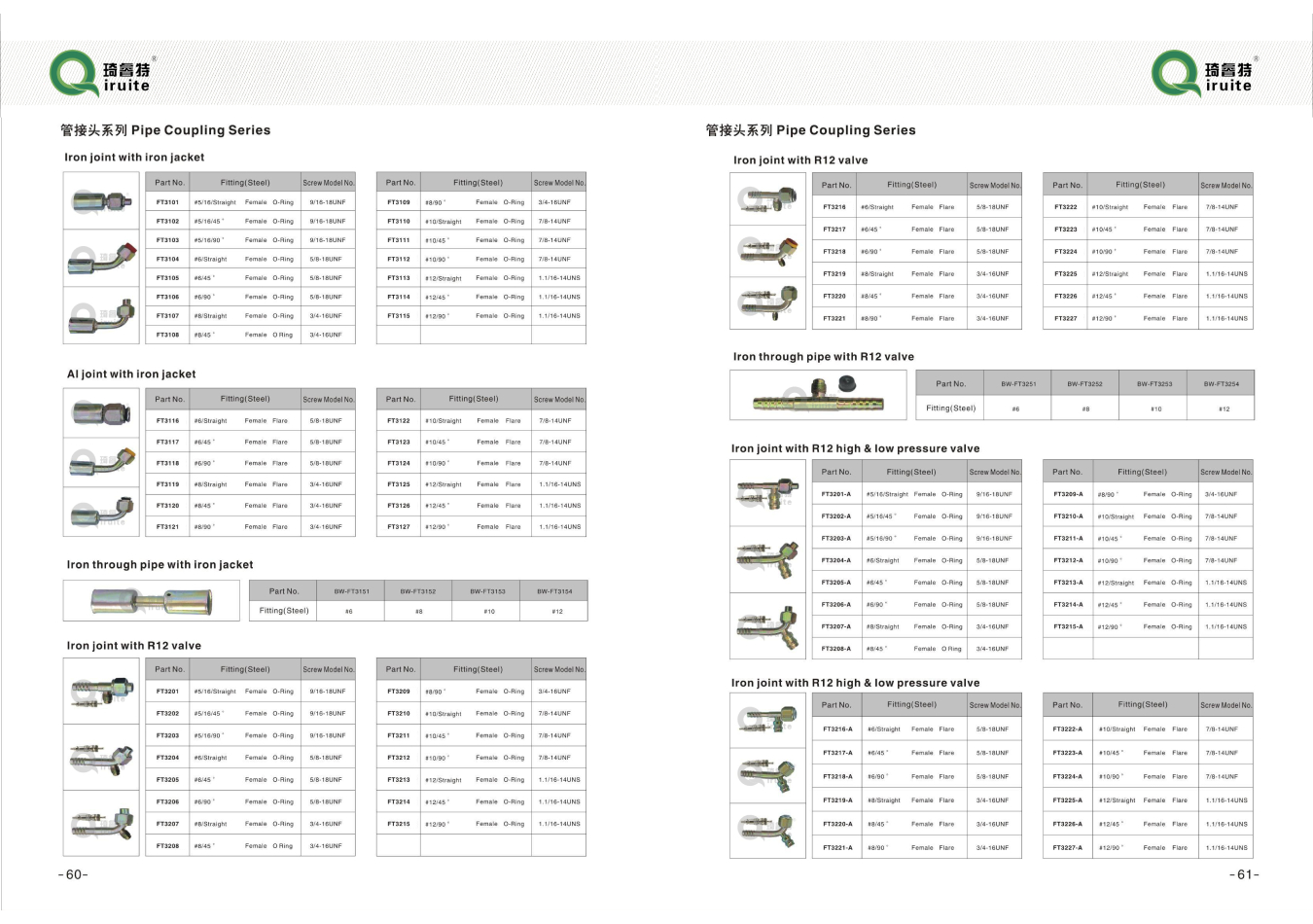how to replace high pressure power steering hose
Replacing a high-pressure power steering hose is an essential maintenance task that can help ensure your vehicle’s steering system operates smoothly. A high-pressure power steering hose is responsible for carrying hydraulic fluid from the power steering pump to the steering gear. Over time, this hose can wear out or become damaged, leading to leaks and decreased steering performance. Here’s a step-by-step guide on how to replace a high-pressure power steering hose.
Tools and Materials Needed 1. New high-pressure power steering hose 2. Socket set 3. Wrench set 4. Pliers 5. Power steering fluid 6. Drain pan 7. Rags or paper towels 8. Safety goggles and gloves
Step 1 Prepare the Vehicle Safety is paramount when working on your vehicle. Begin by ensuring the engine is turned off, and the vehicle is on a level surface. Use wheel chocks to prevent the vehicle from rolling, and wear safety goggles and gloves to protect yourself.
Step 2 Locate the Power Steering Hose Open the hood and locate the power steering reservoir. Follow the high-pressure hose from the reservoir to the steering gear. This hose is typically made of steel tubing or reinforced rubber and is usually connected with hose clamps or threaded fittings.
Step 3 Drain the Power Steering Fluid Place a drain pan underneath the power steering components to catch the fluid. Loosen the clamps or fittings on either end of the high-pressure hose using your socket or wrench and allow the fluid to drain completely.
how to replace high pressure power steering hose

Step 4 Remove the Old Hose Once the fluid has drained, carefully disconnect the old high-pressure hose from the power steering pump and the steering gear
. Depending on the design of your vehicle, you may need to use pliers or a wrench to loosen the connections.Step 5 Install the New Hose Take the new high-pressure power steering hose and attach it to the power steering pump first. Ensure the hose is routed correctly without any kinks or sharp bends. Tighten the connections securely, but be cautious not to overtighten, as this can damage the fittings.
Step 6 Refill Power Steering Fluid Once the new hose is in place, refill the power steering reservoir with the appropriate fluid. Check your owner’s manual for the correct specification. After refilling, turn the steering wheel several times from lock to lock to help purge any air from the system.
Step 7 Check for Leaks Start the engine and check the new hose for any signs of leaking. If everything looks good, you’re ready to go!
Replacing a high-pressure power steering hose can be a straightforward process for those with basic mechanical skills. Regular maintenance and timely replacement of worn parts can help maintain the health of your vehicle’s steering system and contribute to safer driving conditions.
-
Ultimate Spiral Protection for Hoses & CablesNewsJun.26,2025
-
The Ultimate Quick-Connect Solutions for Every NeedNewsJun.26,2025
-
SAE J1401 Brake Hose: Reliable Choice for Safe BrakingNewsJun.26,2025
-
Reliable J2064 A/C Hoses for Real-World Cooling NeedsNewsJun.26,2025
-
Heavy-Duty Sewer Jetting Hoses Built to LastNewsJun.26,2025
-
Fix Power Steering Tube Leaks Fast – Durable & Affordable SolutionNewsJun.26,2025

